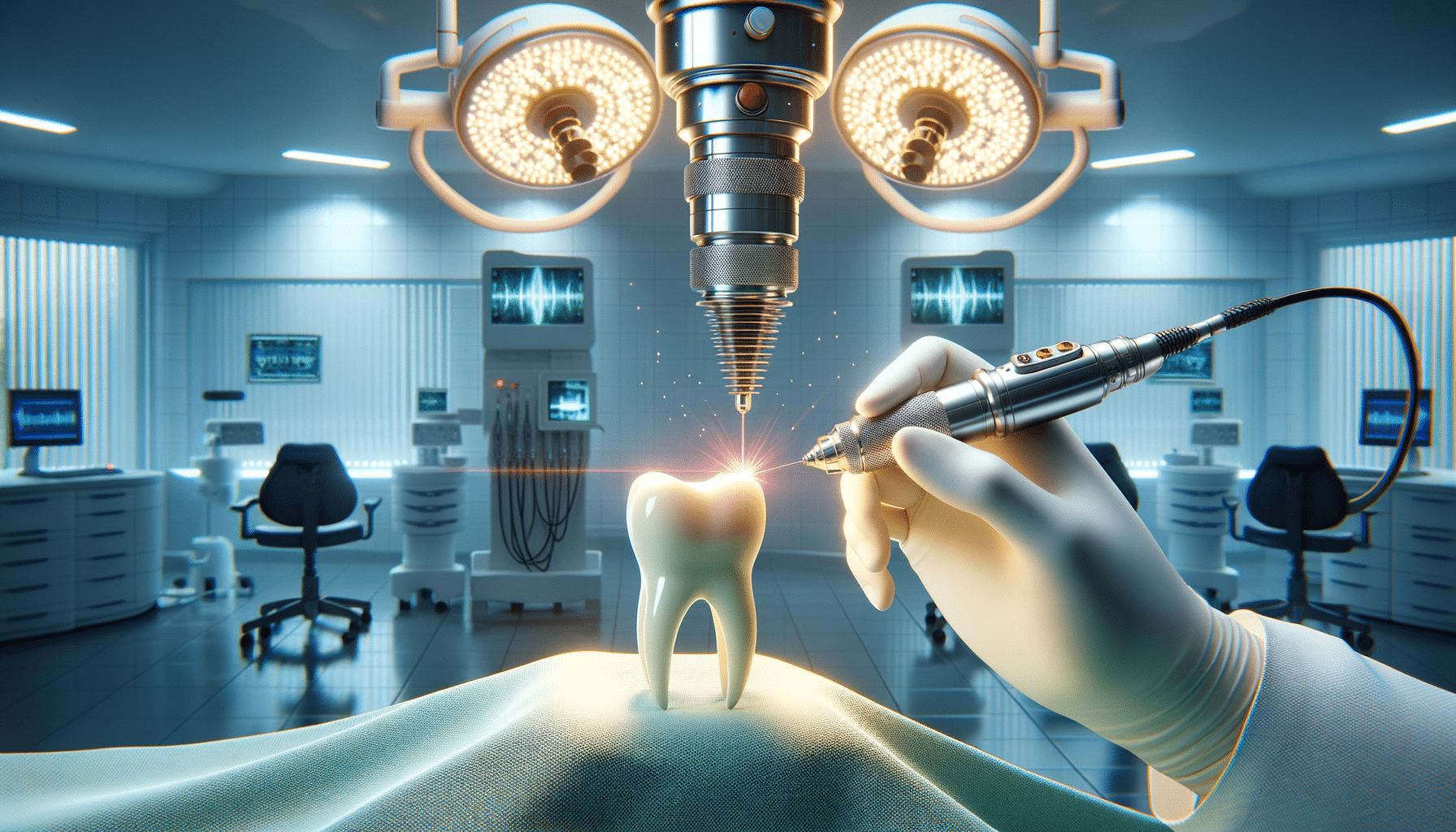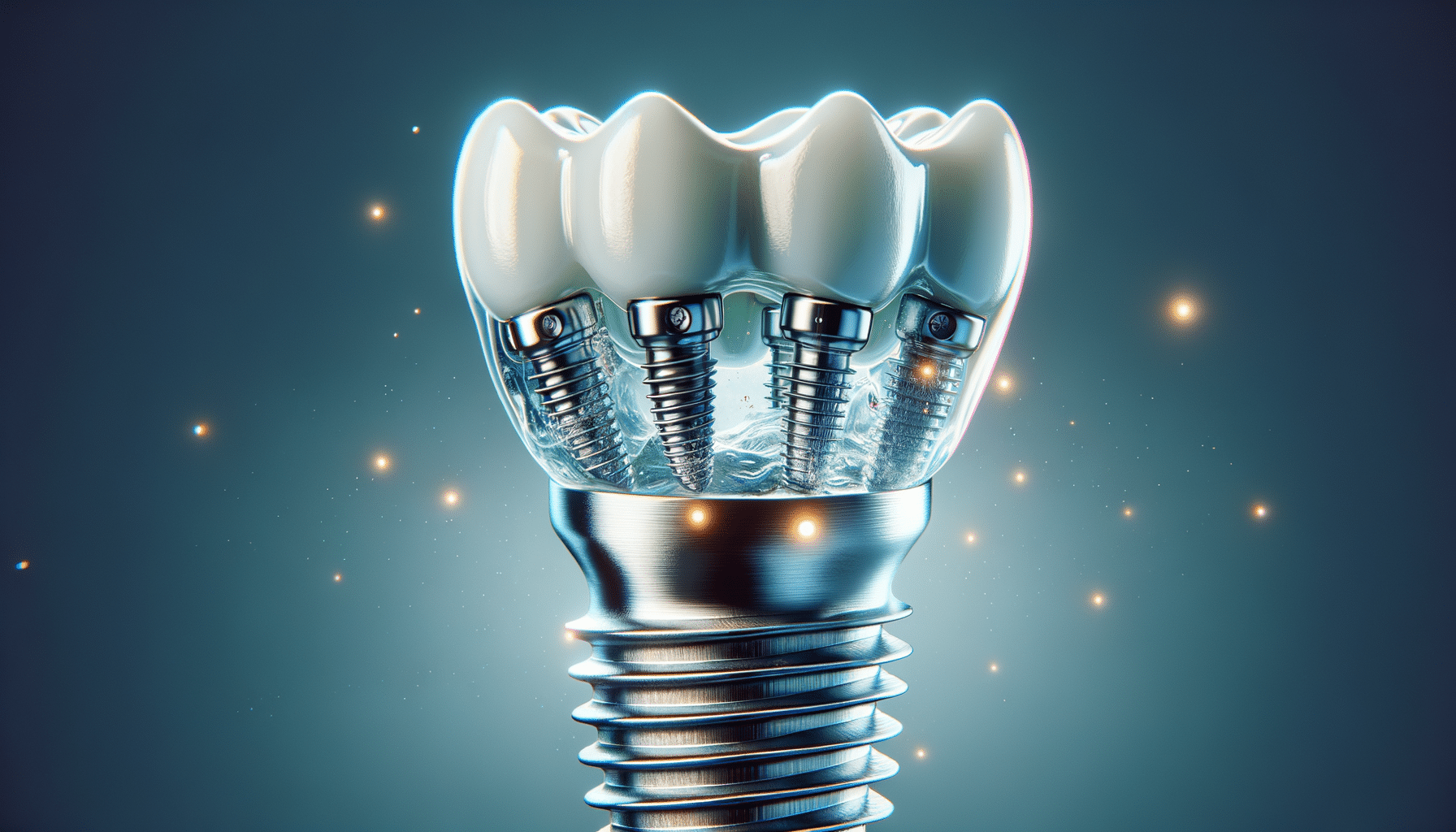
Tired of Dark Spots? Here’s What Really Works in 2025
Understanding Dark Spots: Causes and Concerns
Dark spots, also known as hyperpigmentation, are a common skin concern that can affect individuals of all skin types and ages. These spots are typically the result of excess melanin production, which can be triggered by various factors such as sun exposure, hormonal changes, acne scars, and aging. While dark spots are generally harmless, they can impact one’s self-esteem and confidence.
Sun exposure is one of the most prevalent causes of dark spots. Ultraviolet (UV) rays can accelerate melanin production, leading to sunspots or age spots. Hormonal changes, particularly during pregnancy or due to birth control pills, can also result in melasma, a type of hyperpigmentation. Additionally, post-inflammatory hyperpigmentation (PIH) occurs after skin injuries, such as acne breakouts, leaving dark marks as they heal.
Understanding the root causes of dark spots is crucial in determining the most effective treatment. By identifying the underlying factors, individuals can choose targeted solutions that address their specific needs, ultimately improving their skin’s appearance and texture.
Exploring Treatment Options: From Topicals to Procedures
The market offers a plethora of treatments for dark spots, ranging from over-the-counter topical solutions to professional procedures. Topical treatments often include ingredients like vitamin C, niacinamide, and hydroquinone, which are known for their ability to lighten hyperpigmentation. These ingredients work by inhibiting melanin production, thereby reducing the appearance of dark spots over time.
For those seeking more immediate results, professional treatments such as chemical peels, laser therapy, and microdermabrasion are viable options. Chemical peels involve applying a solution that exfoliates the skin, promoting cell turnover and revealing a brighter complexion. Laser therapy targets melanin directly, breaking it down and allowing the body to naturally eliminate the pigmented cells. Microdermabrasion, on the other hand, gently exfoliates the skin’s surface, reducing the appearance of dark spots and improving skin texture.
Each treatment option comes with its own set of benefits and considerations. Topical treatments are generally more affordable and accessible, but may require consistent use over several weeks or months to see noticeable results. Professional procedures, while more costly, can offer quicker and more dramatic improvements, making them appealing to those seeking faster solutions.
Weighing the Costs: What to Expect Financially
When considering dark spot treatments, it’s essential to evaluate the associated costs to make informed decisions. Topical treatments are typically the most budget-friendly option, with products ranging from $10 to $100, depending on the brand and formulation. These products are widely available at drugstores and online, making them accessible to most consumers.
Professional treatments, however, can vary significantly in cost. Chemical peels might range from $150 to $600 per session, while laser therapy can cost between $300 and $1,500, depending on the type of laser used and the area being treated. Microdermabrasion sessions are generally more affordable, averaging around $75 to $200 per session.
It’s important to note that multiple sessions of professional treatments may be necessary to achieve desired results, which can increase the overall cost. As such, individuals should consider their budget and treatment goals when selecting a dark spot treatment plan.
Benefits of Treating Dark Spots: Beyond Aesthetic Improvements
While the primary motivation for treating dark spots is often cosmetic, the benefits extend beyond mere appearance. Addressing hyperpigmentation can lead to a more even skin tone, which can enhance one’s overall complexion and boost self-confidence. This improvement in self-esteem can positively impact social interactions and personal well-being.
Moreover, some treatments, particularly those involving exfoliation, can improve skin texture and promote a healthier skin barrier. By removing dead skin cells and encouraging cell turnover, these treatments can leave the skin feeling smoother and more radiant. Additionally, certain ingredients used in topical treatments, such as antioxidants, can provide protective benefits against environmental damage, further enhancing skin health.
Ultimately, treating dark spots can contribute to a more youthful and vibrant appearance, instilling a sense of pride and satisfaction in one’s skin care journey. The psychological benefits of clearer skin should not be underestimated, as they can lead to increased confidence and a more positive self-image.
Choosing the Right Treatment: Factors to Consider
Selecting the most suitable treatment for dark spots involves considering several factors, including skin type, severity of hyperpigmentation, and personal preferences. Individuals with sensitive skin may need to opt for gentler treatments to avoid irritation, while those with more severe pigmentation may benefit from professional procedures.
Consulting with a dermatologist can provide valuable insights into the most effective treatment options based on individual skin concerns. A dermatologist can assess the skin’s condition and recommend a personalized treatment plan that aligns with one’s goals and lifestyle.
Additionally, it’s important to maintain realistic expectations when embarking on a dark spot treatment journey. While some treatments can offer quick results, others may require patience and consistency. Embracing a comprehensive skin care routine that includes sun protection and regular use of targeted treatments can maximize results and prevent future hyperpigmentation.
Ultimately, the choice of treatment should reflect one’s unique skin needs and lifestyle, ensuring a satisfying and effective approach to achieving clearer, more radiant skin.


